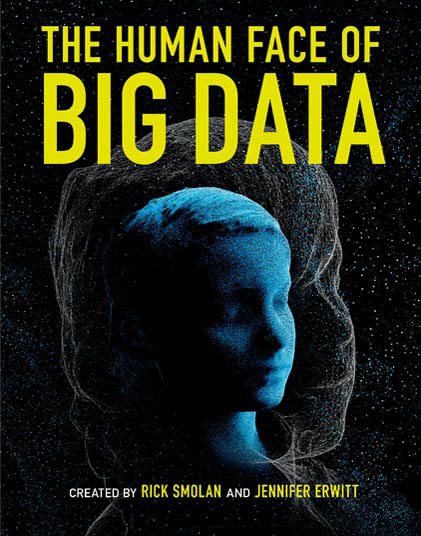
The Work of Art in the Age of Digital Reproduction: A Conversation with Heather Dewey-Hagborg
Walter Benjamin’s well-known piece the “Work of Art in the Age of Mechanical Reproduction” has long been a canonical essay on the role art plays in the age of automation. Benjamin saw art both as fueled and altered by mechanization. In a conversation with artist Heather Dewey-Hagborg, a partial transcript of which follows below, the role of art in the age of digital reproduction, to paraphrase Benjamin, emerged as a critical theme. Heather’s work, which spans over a decade, is a complex meditation on the contemporary experience of widening digitization. Her work Stranger Visions is perhaps the best known: a project where she reconstructs faces from DNA left on refuse she’s found on the street – a chewed up piece of gum, a stray piece of hair, a lip stain on a glass – into voluptuous, three dimensional portraits. During our conversation, we talked about the creative and the intellectual (read more...)

